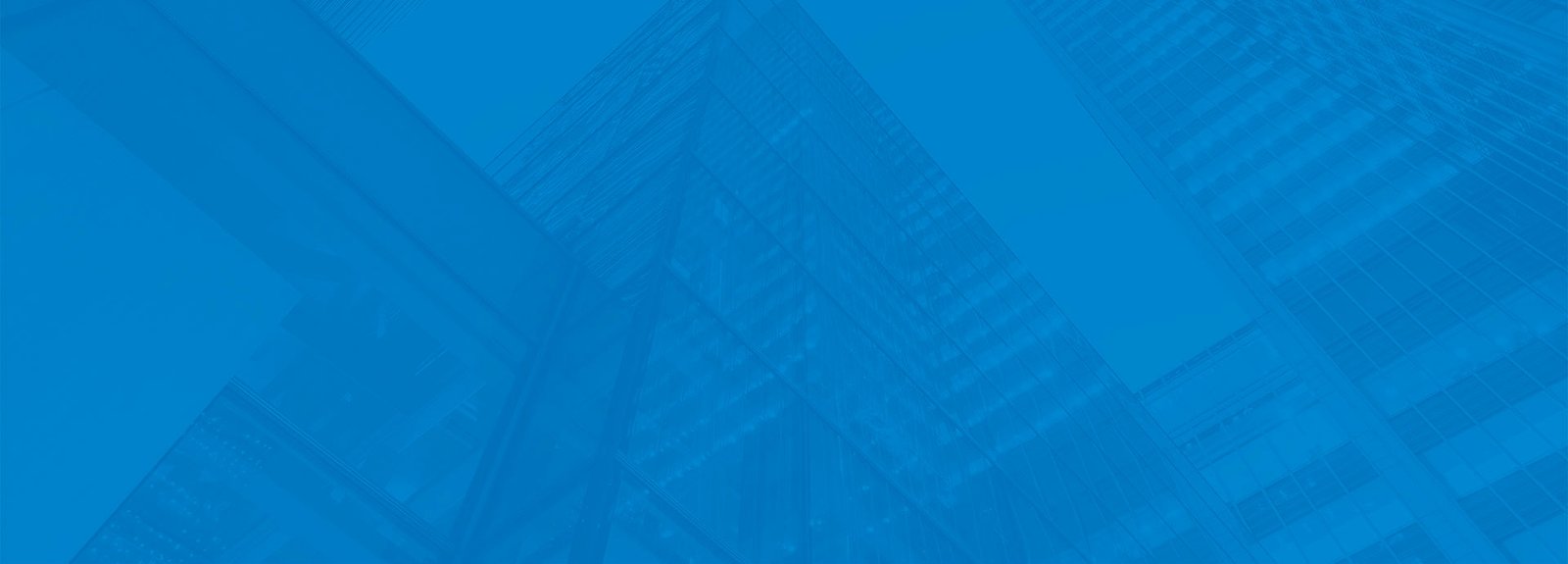
The main problem faced by persons with disabilities and those belonging to the marginalized sections of society stem from disabling environment and socio – cultural and economic barriers. Discrimination against any person on the grounds of his/her disability or physical limitations and minority status is a gross violation of universally accepted principles of equality and human rights and even constitutional obligations. Their problems in the field of higher education are a matter of great concern which needs urgent attention.
The Indian Society is singular in terms of the multifarious hues it has absorbed in its fabric. Living within its clinch are numerous groups that are segregated on the basis of language, ethnicity, class, caste, religion etc. This inequitable situation warrants a redemption which is possible through Equal Opportunity measures and policies. India is a country of diversity. It is a hub of different religions, castes and cultures.
Also, The Indian society is characterized by a highly entrenched system of social stratification. It is these social inequalities that created the barriers of denial of access to materials, cultural and educational resources to the disadvantaged groups of society. These disadvantaged groups are SCs, STs, women, OBC (non-creamy layer), minorities and physically challenged persons. It is clear from the demographic factors that a large section of population of our country is still disadvantaged and marginalized.
EOC works for affirmative action for the deprived sections & people from religious & language minorities, differently-abled people and Women.
Objectives:
The Equal Opportunity Cell aims to oversee the effective implementation of policies and programmes for disadvantaged groups, to provide guidance and counselling with respect to academic, financial, social and other matters and to enhance the diversity within the campus.
The objectives are:
Outcomes: